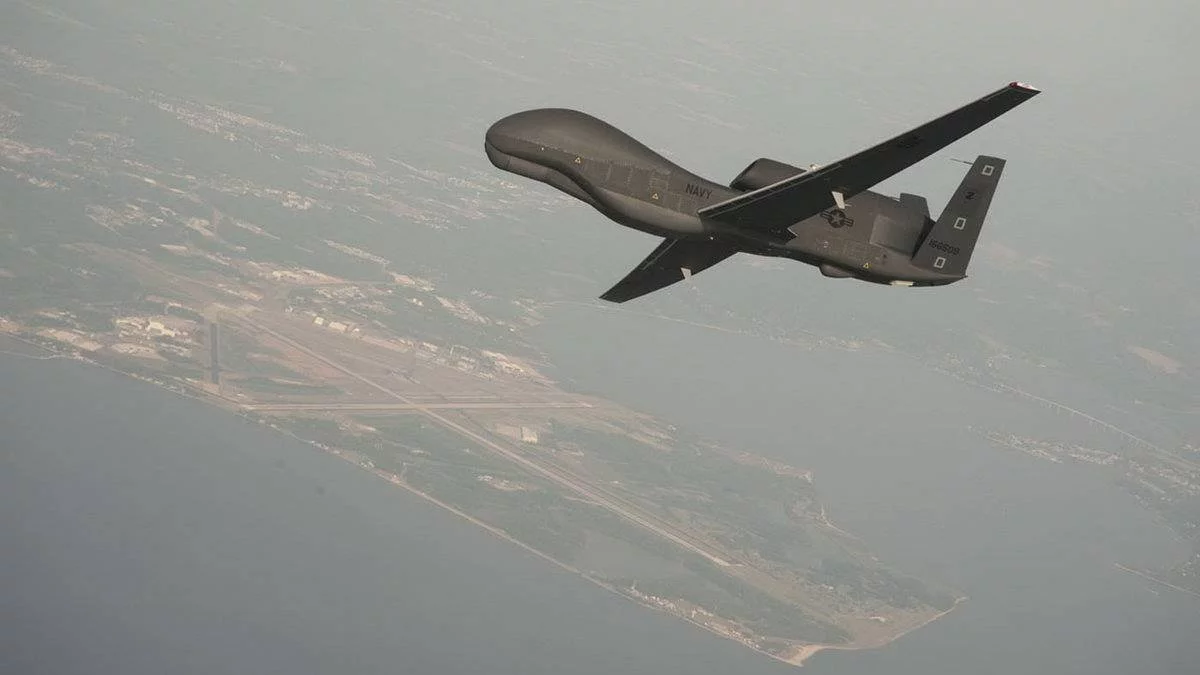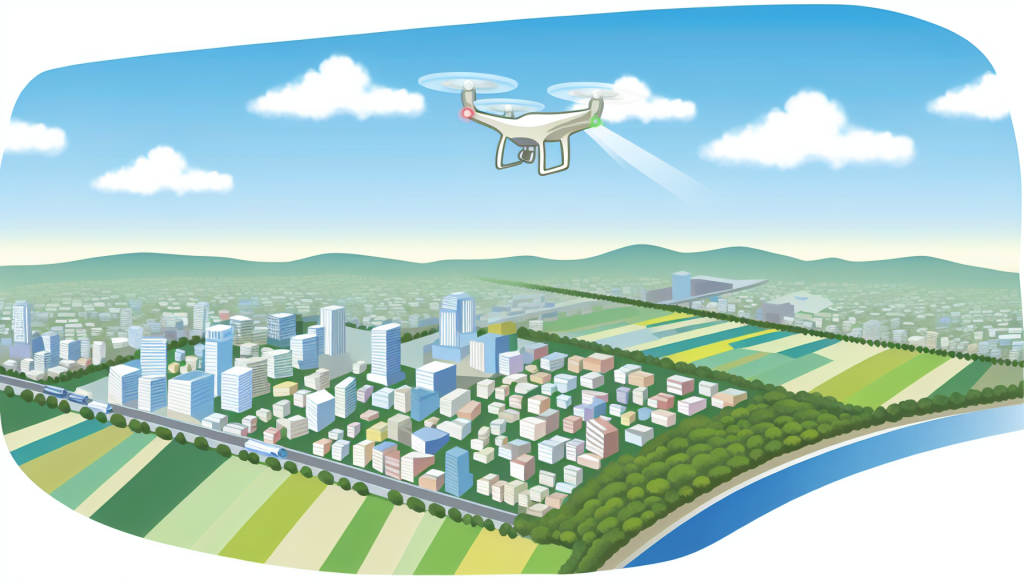U.S. Drones Monitoring the Situation in Gaza: A New Shift in Strategy

As tensions rise and the risk of violations to the Gaza Strip ceasefire increases, the United States government has initiated a novel control system in the region. Recent reports from the New York Times reveal that the Pentagon has begun deploying surveillance drones over Gaza, collaborating closely with Israel.
Purpose and Coordination of Drone Operations
These drones are primarily intended to ensure compliance with the ceasefire process and monitor ground movements. Although specific flight paths have not been disclosed by U.S. military officials, it is confirmed that the operations are conducted in coordination with the U.S. Central Command’s (CENTCOM) Center for Civilian-Military Coordination located in Israel. This coordination focuses on monitoring the peace process and facilitating humanitarian and security assistance.
The Current State of the Peace Agreement
Since the ceasefire agreement, facilitated by the United States, Qatar, and Egypt, came into effect on October 10, the situation has been fraught with contradictions regarding adherence to its terms. U.S. Vice President Jay DiVence, along with Secretary of State Marco Rubio and other high-ranking officials, have traveled to Israel to discuss ways to reinforce this peace process.
According to sources from Bloomberg and CNN, the White House has expressed concerns about Israeli Prime Minister Benjamin Netanyahu’s potential withdrawal from the agreement. Rubio emphasized the natural challenges in navigating the peace process, while also expressing cautious optimism.
U.S. Drones: A Shift from Partnership to Independent Monitoring
Interestingly, this marks a significant shift, as the U.S. has opted to deploy its own surveillance drones instead of relying on Israeli reconnaissance assets. Experts interpret this move as a deliberate effort by Washington to independently assess the evolving situation.
During previous instances of conflict, U.S. and Israeli forces collaborated closely, often sharing military intelligence. Notably, the U.S. used MQ-9 Reaper drones for hostage rescue operations and coordinated that intelligence with Israel. However, the current deployment of American drones signals a more autonomous approach to monitoring the often contentious landscape of Gaza.
Insights from Former Officials and Military Experts
Former U.S. Ambassador Daniel Shapiro characterized this shift as a “very deep step for American monitoring on a front that Israel perceives as an active threat.” Shapiro asserts that if trust between Washington and Tel Aviv was absolute, there would be no need for such independent observation.
CENTCOM spokesperson Captain Timothy Hawkins confirmed that a special area has been established at the Civilian-Military Center for real-time surveillance of events in Gaza, highlighting the precarious nature of the existing situation.
Implications for U.S. Diplomacy in the Region
While both the Israeli military and the U.S. State Department have refrained from commenting publicly on the drone operations, analysts suggest that this development could take Washington’s diplomatic engagements in the region to a new level. The increased surveillance capability through these drones may enable more informed decision-making as the peace process evolves.
In this complicated tapestry of international relations, the introduction of U.S. drones over Gaza represents a nuanced endeavor to navigate the intricacies of peacekeeping, humanitarian concerns, and the constant specter of conflict. The world watches with bated breath as this situation unfolds, knowing that each decision carries significant implications for the future of the region.

